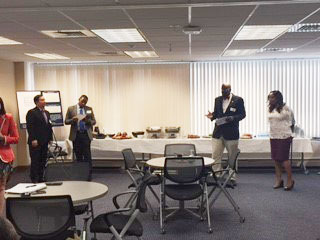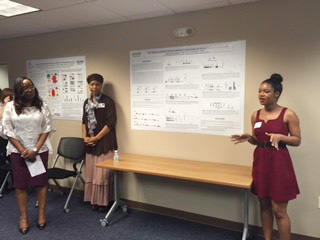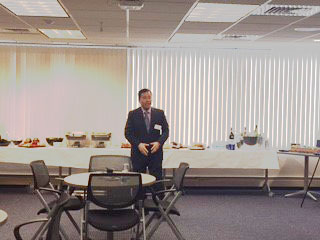By Cato T. Laurencin, M.D., Ph.D.
I am very pleased to announce the second issue of the Regenerative Engineering and Translational Medicine has been published. I thank all the editors, editorial board members, reviewers, and editorial staff. Regenerative Engineering and Translational Medicine is an international journal mainly devoted to the publication of original studies and research on regenerative engineering.
In this new issue, we have assembled an excellent selection of original articles. Dr. Justin Brown of Penn State University created a novel biodegradable scaffold system with unique crisscross fiber geometry for tendon and ligament tissue engineering. Dr. Dinesh Srinivasan of Nanyang Technological University in Singapore demonstrated the addition of silk fibroin and minocycline hydrochloride to polycaprolactone-based scaffolds potentially enhanced adipose-derived stem cells differentiation into osteogenesis. Dr. Samir Mitragotri of UC Santa Barbara developed novel peptide-based technologies for treating skin disease. Dr. Evan Scott at Northwestern reviewed recent progress in the use of nanomaterials designed to enhance imaging and therapeutic intervention of atherosclerotic inflammation. In addition, there is a News and Views article edited by Dr. Ali Khademhosseini of Harvard University.
I hope you will find this issue of Regenerative Engineering and Translational Medicine informative. Please consider submitting your work to this promising academic venue.









